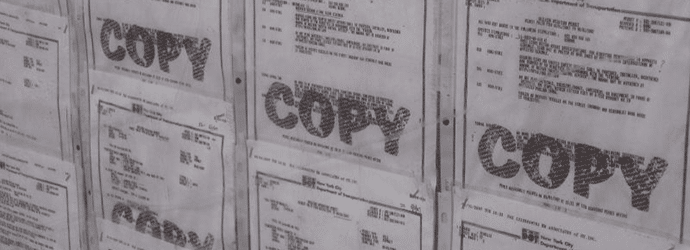Pipettes are not just fancy handlebars for your tips, they are essential for precisely measuring and dispensing liquids. These standard ‘tools of your trade’ enable you to accurately repeat experiments, validate results, make important comparisons between projects and eventually publish that outstanding paper.
But there are a few pipette pitfalls. And they don’t just trap beginners! Even the experts in the lab must retrace their steps from time to time to sidestep the introduction of volumetric errors due to poor or inconsistent pipetting techniques.
Want to avoid these experimental sinkholes? Here are the top 5 pipetting errors to watch out for in your next project:
1. Not Accounting for the Viscosity of a Sample
Take, for example, a sample that contains large, sticky molecules – like glucose. The sample clings to the tip surface, traveling slowly when dispensed. Other less viscous and more volatile samples, such as ethanol, travel faster and have a tendency to evaporate. In both cases you must account for the physical properties of the sample because the dispensed volume will not be equal to the set volume. To counteract this discrepancy, use ultra-low retention pipette tips, make an adjustment to the pipette itself, or make specific volume markings to help maintain accuracy.
2. Dispensing Liquids Too Quickly
Aliquoting bulk samples into single-use tubes is always a quick and easy task. The measured volume is set, and you are only working with a single tip, sample or mixture. But be mindful of pipetting a little too quickly: depending on the desired volume, the size of the tube, and where it is dispensed into the tube (such as at the upper wall or directed at the point at the very bottom) you can lose some of your sample onto the bench with a backsplash. Slow, steady aspiration ensures a clean draw and seamless delivery with no air bubbles or splashes.
3. Contamination By “Double Dipping”
On the bench, you might perform a variety of assays in which a reaction consists of multiple reagents – and your sample. You can introduce contamination by “double dipping:” when you use the same tip to draw and dispense a unique sample and then immediately pipette another sample without changing the tip first. Contamination like this can be tricky to pinpoint if it is not caught right away, as it will affect results in other assays downstream. Pipette tips are relatively inexpensive to replace, however redoing entire experiments is not. Make it standard practice to discard your tip and load a new one before any new reagent – or sample – is measured!
4. Cleaning Irregularly—or Not at All
Everyone knows what to do when liquid is aspirated entirely into the pipette barrel. That’s right, disassemble for a deep cleaning to prevent your pipette from becoming the source of contamination. But what about pipettes that pass through many hands without incident? Heavy use will cause parts to wear out more quickly, resulting in a significant decrease in how accurately your liquid samples are measured. Repair may be as simple as occasionally replacing an o-ring, but eliminating contamination is something that takes a proactive approach.
One good habit is to wipe down the pipette each morning with an approved cleaning solution or disinfectant. Some labs even reserve one set of pipettes for “general” use and another set for project-specific uses, such as those that require an “RNAse free” environment. But if that is not something that is practiced in your lab, you can help eliminate the risk of contamination by wearing a new, clean pair of gloves before reaching for a pipette and then wiping it down at the beginning of every project! Also, check with your lab manager to make sure that the pipettes are serviced twice per year to ensure that they are accurate and reliable for many years to come.
5. Taking a Break Only at the End of a Project
Whether you’re processing only a handful of samples, or hundreds at a time, pipetting is one of the most manually repetitive tasks that you perform in the laboratory. Some scientists take a project and power through from the first sample all the way to the last. Others practice pipetting equally between hands to try and reduce the amount of finger and hand strain, burn-out, and fatigue-induced errors. And that leads to wildly variable measurements with your liquids.
Instead, look for good stopping points in each of your projects. Then pause a moment to rest by incorporating short, frequent breaks. This will help keep your technique sound and ensure that measurements are always consistent and reliable!
How Can You Avoid These Errors?
Many have learned how to pipette by measuring water samples into a tube on a scale, to see if the weight of the measured volume equals that of the set volume. Others have honed their skill by aliquoting a bulk sample into large numbers of individual tubes. So how can you help your laboratory mates to become pipetting experts and eliminate these top five errors? By giving ample opportunity to practice the technique!
Check out our video for more information:







